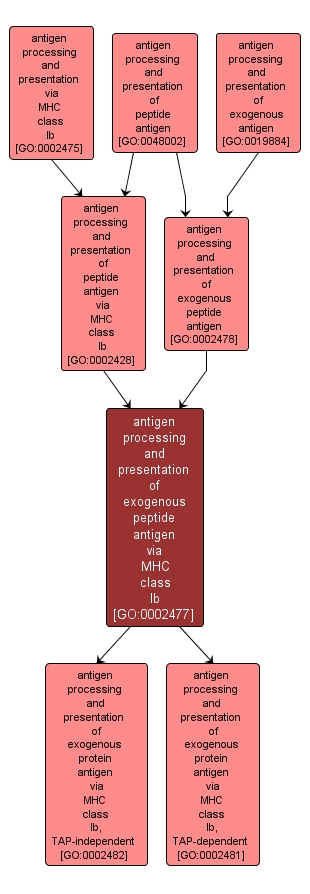| Desc: |
The process by which an antigen-presenting cell expresses a peptide antigen of exogenous origin on its cell surface in association with an MHC class Ib protein complex. The peptide is typically a fragment of a larger exogenous protein which has been degraded within the cell. Class Ib here refers to non-classical class I molecules, such as those of the HLA-E gene family. |














